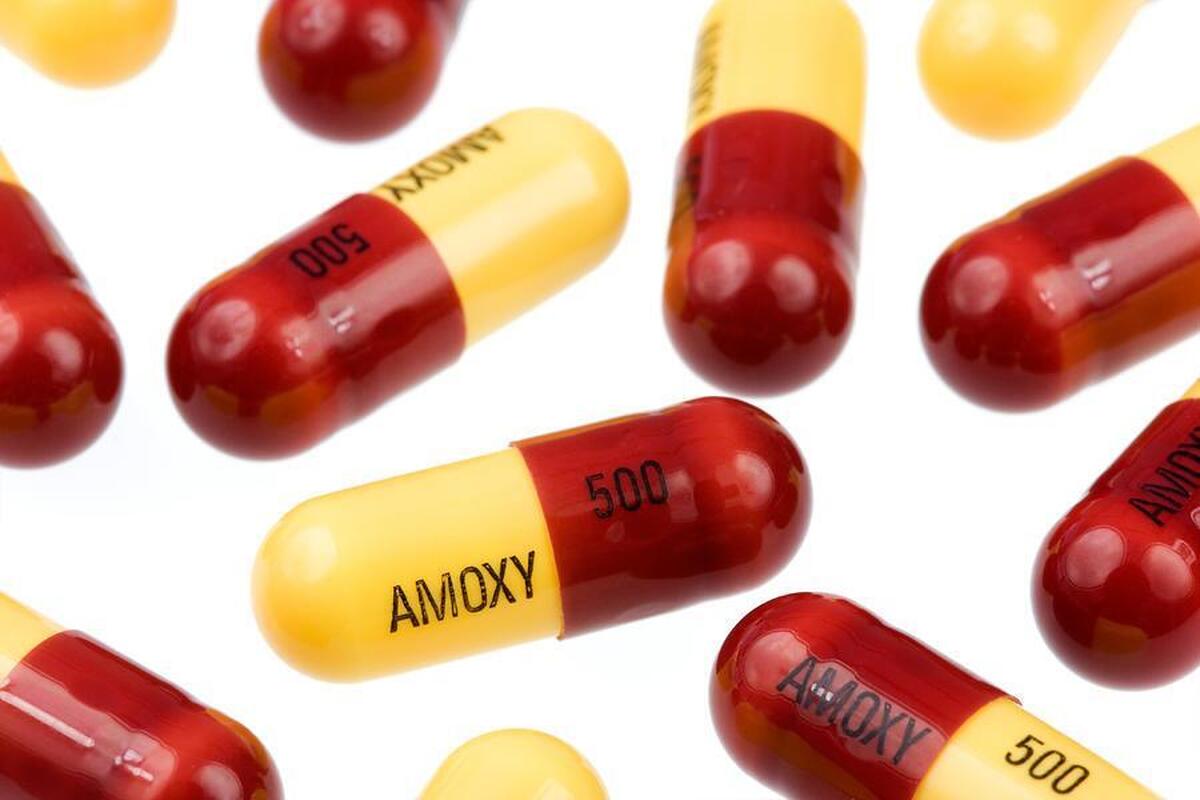Iranian Scientists Find Effective Way to Remove Amoxicillin Antibiotic from Water, Wastewater

“Due to the development of medicine and health equipment, we have witnessed their penetration into the soil ecosystems as well as the surface and underground water g/L,” said Somayyeh Sohrabi Shahsavari, a Ph.D. graduate at Amirkabir University of Technology and the researcher of ‘synthesis of nanostructured Ti/TiO2/ZnO/GOx biophotocatalyst in a microfluidic system, its characterization and evaluation in order to degrade amoxicillin micropollutants’ project.
“Therefore, concerns have increased about the disposal of wastewater containing them into the environment. In this project, we chose amoxicillin as it is the most prescribed antibiotic in Tehran and it is prioritized over other antibiotics in terms of potential risks,” she added.
“We used nano and micro technologies in this project. This project aims to break down an emerging micropollutant while introducing a new biophotocatalyst and several reactors in bulk and microfluidic scales for its production,” Sohrabi Shahsavari said.
Noting that in parts of the project natural acids (of vegetable and animal origin) were used with the goal of minimizing the use of chemicals, she said that the capability of mixtures of fatty acids’ reuse in synthesis is also important from the environmental and economic points of view.
“Enzyme and photocatalyst also eliminate the costs of transportation, storage and non-absorption of environmental pollution which are other specifications of this project,” Sohrabi Shahsavari said.
Antibiotics work miracles. In the human body antibiotics target infections and prevent diseases. However, once they are excreted from our bodies and dispersed into waterways, antibiotics can harm the environment.
One way this occurs is by promoting increased microbial resistance in the environment. This creates new ‘super’ microbes which have the potential to upend fragile ecosystems.
4155/v





















